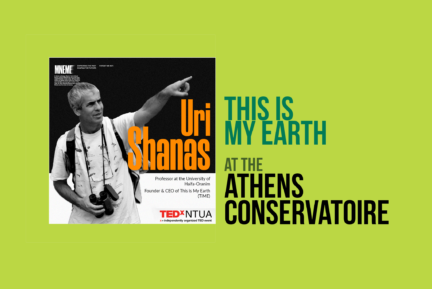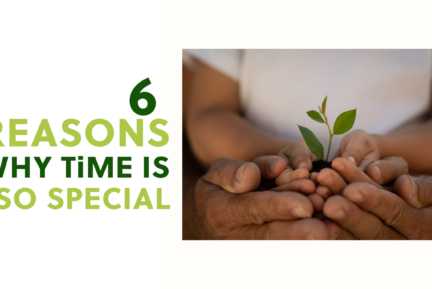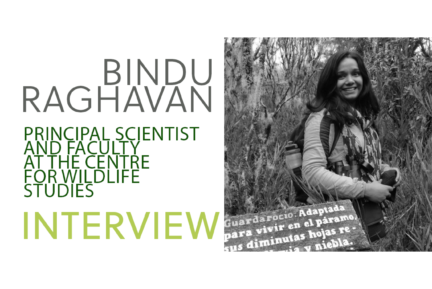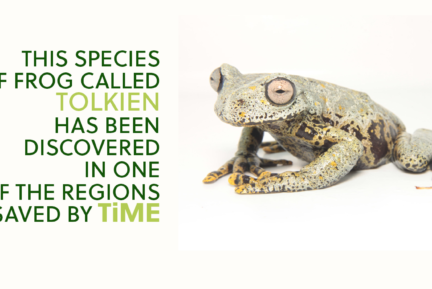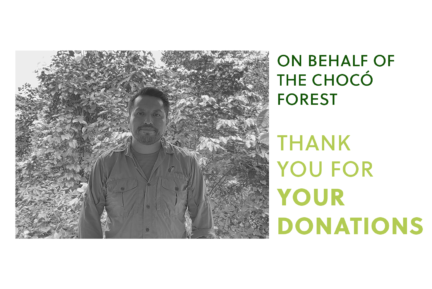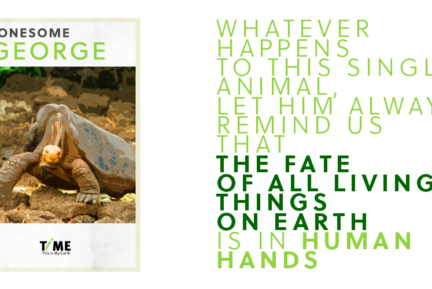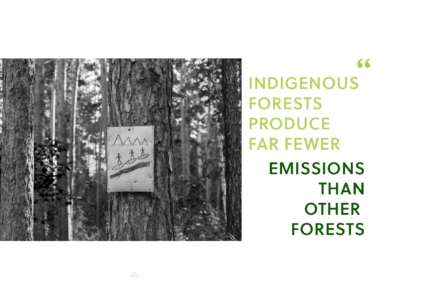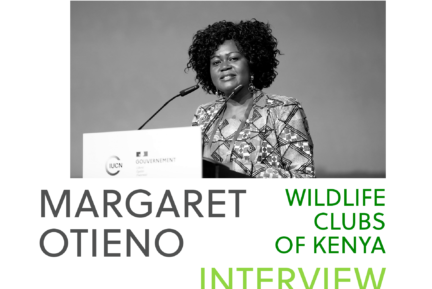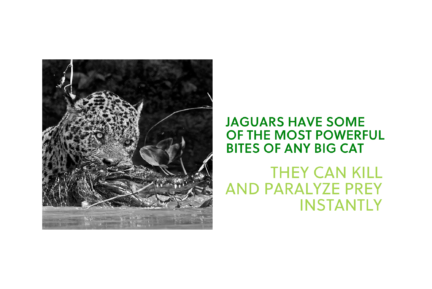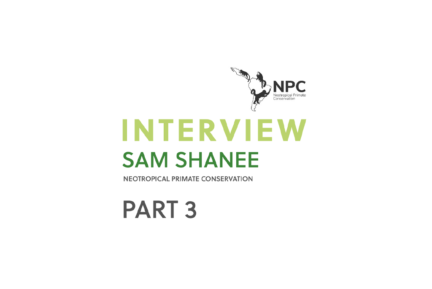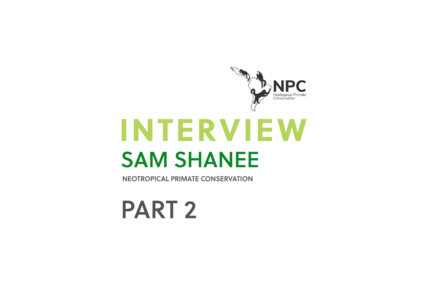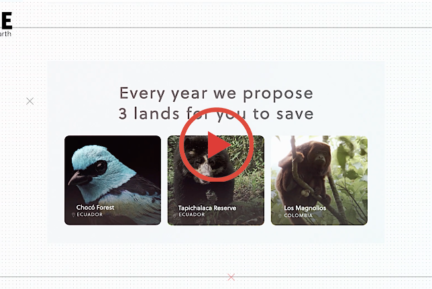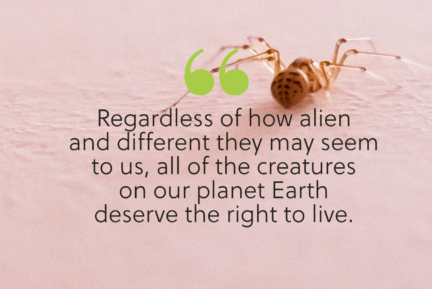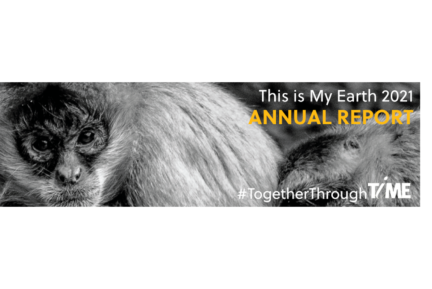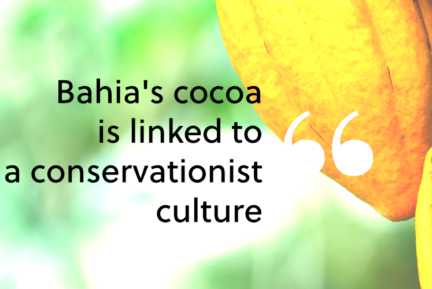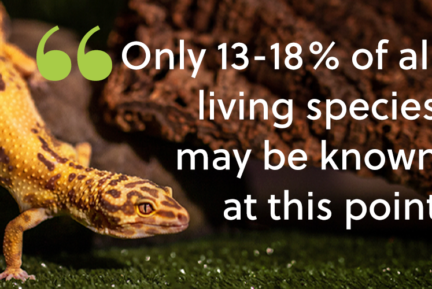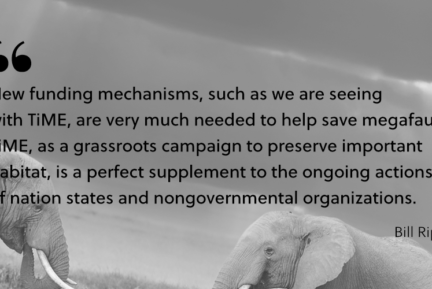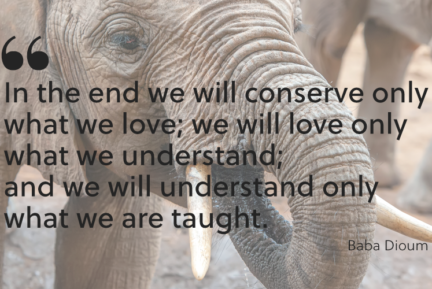Walking by the kindergarten I attended as a toddler, I always look at the small boulevard of trees within the kindergarten’s yard. I look for one in particular; it is not remarkable — in fact, none of them is. However, many celebrations in the world are linked to our relationship with trees.

But, today, this tree is at least twice my height, and I remember planting it as a toddler, as part of a Tu Bi’shvat celebration. Tu Bi’shvat is “new year for the trees,” and Jews around the world celebrate it in January or February. While it has religious roots, it has undergone significant changes in modern days. People now mainly celebrate it planting trees and eating dried fruit. Wonderfully, similar tree-focused days, traditions, and holidays are common worldwide, across cultures, and throughout history.
In ancient times, people celebrated trees and considered them sacred. They were ever present in most people’s lives, providing food and shelter, and naturally, many traditions focused on honoring them or even making sacrifices to them. As we can see, many celebrations in the world are linked to our relationship with trees.
The Celtics
In the Celtic religion, most trees were sacred, but above all, the oak, hawthorn, and ash. In fact, the central place of the oak tree to the Celts was apparently largely due to its usefulness: in building, providing acorns, Celts used it to feed pigs, and creating material from its bark. As a result, it was elevated to a sacred cultural position — it was even believed to cry when cut down or harmed. Today’s celebration of Christmas incorporated older traditions of tree worship: the popular Christmas tree is believed to have originated in various winter-solstice traditions that included taking an evergreen tree indoors, and the holly branch was also sacred to the Celtic people as a symbol of the winter king.
The story of the majestic baobabs
From the celebrated trees of the cold, white, European solstice, let’s move to discuss the majestic baobab trees of the African savanna, which tower above giraffes and elephants. The Adansonia tree, more commonly known as the baobab, has been culturally significant throughout history.
The most famous species is Adansonia digitata, distributed throughout sub-Saharan Africa; it is 200 million years old, and each individual tree lives around one thousand years, reaching a diameter of 9 m and height of 18 m. The species keeps the ground moist, prevents soil erosion, and provides food and fluids for hundreds of animal species; an individual tree is said to be its own ecosystem, providing shelter, food, and water for many forms of life, from microorganisms to elephants. Naturally, baobabs have been the focus of the indigenous folklore of Africa, Madagascar, and Australia.
According to some traditions, the gods placed the tree upside down because it complained too much; according to others, it originated from a snake-like creature that coiled itself and transformed into the giant tree. People considered some individual baobabs sacred; one tree in a Yoruba village attracted people from a distance of over 150 km in order to sacrifice goats to it, as a remedy against infertility. Unfortunately, a recent 12-year study of 60 baobabs found that 14 of the oldest and largest trees suddenly died with no sign of disease, leading researchers to identify climate change as the immediate suspect. According to some estimations, one of these trees is 2,450 years old. The celebrations worldwide linked to our relationship with trees are also taking place today.
Modern Incarnations
Almost every culture has a significant tree: the Nordic Yggdrasil, a giant ash, is at the center of the cosmos; the Mesoamerican world tree, while not yet fully understood, is believed to represent the world, the underworld and the deities; the Zoroastrian haoma is a sacred, unidentified plant from which a ritual juice was made; the olive tree is mentioned in a Muslim hadith as blessed; and the biblical tree of knowledge is a central symbol in Western civilization, representing wisdom, curiosity, and maturity.
While trees are crucial to capturing carbon dioxide from the atmosphere, producing oxygen, and providing shelter and food for animals, because the benefits of trees to humans are less observable today than they were in the past. As a matter of fact, many people don’t even see trees very often; within cities, they don’t appear in all of their majesty but seem like guests planted in little islands of earth in the midst of the pavement. Today, instead of sacrificing to trees as some once did, we plant them, and try to care for and nurture them on special holidays. The balance of power between trees and humans has been overturned.
An awakening of nature to honor the trees
February in the Middle East, where I live, represents an awakening of nature: the ground that was yellow and dry during the summer reacts to the rains and becomes green and full of life. Lupine flowers bloom and cover vast areas with cobalt blue; but most prominently, the almond trees bloom with pink-white flowers. People can see them all over the Levant. It is at this time that the holiday of Tu Bi’shvat is celebrated — with the blossoming almond tree as a symbol of the holiday — when preschool children march in their boots and with a hoe to plant seedlings. The almond blossom also stars in a local festival in Morocco, where almonds bloom in an oasis in the midst of the red-stoned desert. Similarly, the cherry blossom — sakura — has had a central place in Japanese culture since the 10th century CE.
The Modern Arbor Day
In more recent years, some countries have established a modern tree-planting holiday: Arbor Day. J. Sterling Morton in 1872 came with the idea. He said: “Other holidays repose upon the past; Arbor Day proposes for the future.” In Nebraska, in the United States, authorities proposed this holiday to address the scarcity of trees but today, it had spread worldwide as a day people across the planet focus on planting trees.
The popularity of tree-planting is of course a welcome attempt to create a positive change, and it is not limited to one annual day; many companies today, and especially airlines, promise “carbon neutrality” by planting trees to counteract the carbon emissions of a flight or product they manufacture.
However, despite good intentions, some tree-planting promises can be misleading. PeopleoIn a small town in east England, for example, planted 6,000 trees shallowly and in an inappropriate season, causing most of them to die. The grasslands on which the trees were planted used to be home to a rich variety of endangered wildflowers, but this habitat is now gone. As you can see, many celebrations in the world are linked to our relationship with trees.
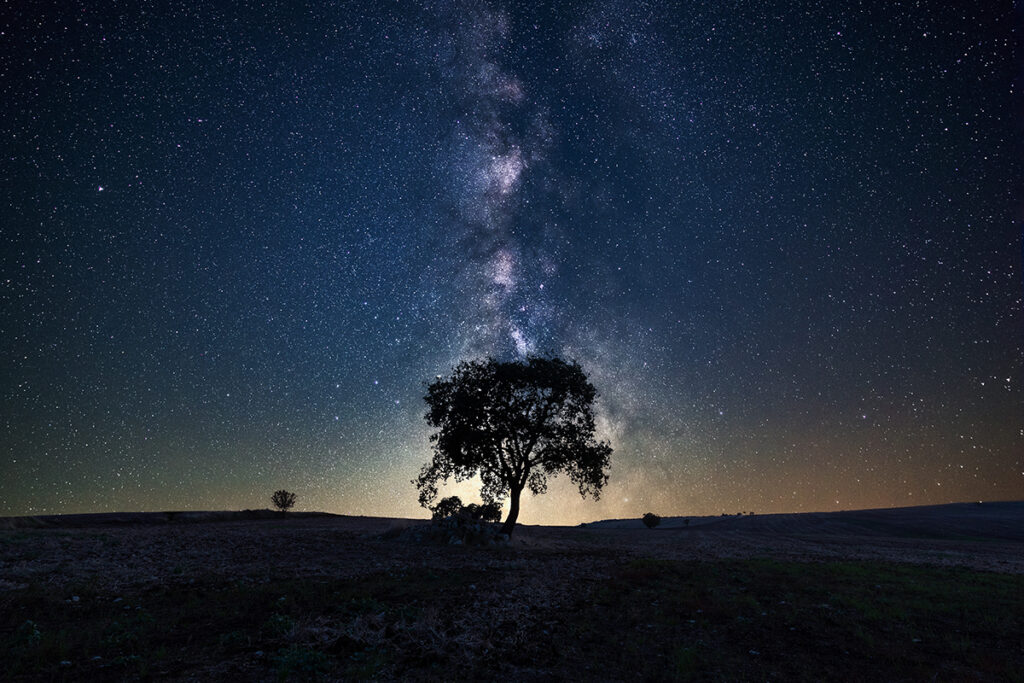
Planting trees is not always the solution
While planting trees — done correctly — can be wonderful for our Earth, conservation is of utmost importance. Trees take a long time to grow, and some of them, like the baobabs, live for a very long time. For a primary forest to form, like the primary forest in Ecuador that you helped to save from destruction with your donations to TiME, even a millennium might be needed. By the time newly planted trees can form a new habitat, the animal species that depend on the patch of forest may already be extinct. Conserving existing forests and trees, as TiME does, is a crucial part of preventing biodiversity loss and climate change, which cannot be replicated by planting new trees. This is My Earth reminds is of celebrating nature everyday, and welcomes all traditions and celebrations in the world linked to our relationship with animals and trees.
From the baobabs symbolizing the mysterious past to the enchanting sakura, the idea of respecting and honoring trees has progressed from worship and awe to planting, nurturing, and conservation. Although Morton probably did not have habitat and biodiversity loss, or climate change, in mind when he suggested Arbor Day, the idea of planting trees to promise a future is popular today, and perhaps has always been.
The story of Honi
The Jewish Talmud tells a story about Honi and the carob tree (Ceratonia siliqua), a common Mediterranean evergreen that provides fruit and shade. According to the tale, one day Honi walked down the road and saw a man planting a carob. He asked the man how long it will be until the tree bears fruit. “Seventy years,” answered the man. “Do you expect to live another seventy years and enjoy the fruit?” asked Honi, to which the man answered: “I came into the world when it was filled with carobs, and so I will plant more for my children to enjoy.” Celebrations such as this one take place all over the world and reminds us about how linked we are to our relationship with trees.

References
Banks. M. M. “Old Yule customs still practised”. Notes and Queries CLIV (March 24, 1928): 208.
Editors. “Beltane”. Encyclopedia Britannica. Accessed January 2023. https://www.britannica.com/topic/Beltane
Editorial. “Almond Blossom Festival – Tafraoute”. Morocco Travel. Accessed January 2023. https://www.morocco.com/blog/almond-blossom-festival-in-tafraoute/
Editorial. “Sakura: Cherry Blossoms in Japanese Cultural History”. Library of Congress. Accessed January 2023. https://www.loc.gov/exhibits/cherry-blossoms/cherry-blossoms-in-japanese-cultural-history.html
Editorial. “History of Arbor Day”. Arbor Day Foundation. Accessed January 2023. https://www.arborday.org/celebrate/history.cfm
Eldridge, Alison. “Yule”. Encyclopedia Britannica, Invalid Date, https://www.britannica.com/topic/Yule-festival. Accessed 25 January 2023.
Eldridge, Alison. “Yule”. Encyclopedia Britannica. Accessed January 2023. https://www.britannica.com/topic/Yule-festival
Galer, Sophia Smith. “‘Greenwashing’: Tree-Planting Schemes Are Just Creating Tree Cemeteries”. Vice. Published September 1st, 2022. Accessed January 2023. https://www.vice.com/en/article/v7v75a/tree-planting-schemes-england
Hutton, Ronald. The Stations of the Sun: A History of the Ritual Year in Britain. Oxford: Oxford Academic, 1996.
McDonald, J. Andrew. “Deciphering the symbols and symbolic meaning of the Maya world tree.” Ancient Mesoamerica 27:2 (2016): 333–59.
Monaghan. Patricia. The Encyclopedia of Celtic Mythology and Folklore. New York: Facts on File, 2004.
Patton, Kimberley Christine. ”Zoroastrian Heresy: Zurvān’s Thousand-Year Sacrifice”. Religion of the Gods: Ritual, Paradox, and Reflexivity. New York: Oxford Academic, 2009.
Petruzzello, Melissa. “baobab”. Encyclopedia Britannica. Accessed January 2023. https://www.britannica.com/plant/baobab-tree-genus
Wickens, Gerald E. The Baobabs: Pachycauls of Africa, Madagascar and Australia. Berlin: Springer, 2008.
Wild, Sarah. “Africa’s majestic baobab trees are mysteriously dying”. Nature. ISSN 1476-4687. Published June 12, 2018. Accessed January 2023. https://www.nature.com/articles/d41586-018-05411-7
Wills, Matthew. “From Mud to the Sun: The World Tree of the Maya”. JSTOR Daily. Published September 15, 2022. Accessed January 2023. https://daily.jstor.org/from-mud-to-the-sun-the-world-tree-of-the-maya/
שוהם, חזקי. “מן העיר – ומן הכפר?: על היווצרות הנטיעות הטקסיות בט”ו בשבט.” ישראל: כתב עת לחקר הציונות ומדינת ישראל – היסטוריה, תרבות, חברה 22 (תשעד): 21-44.



























